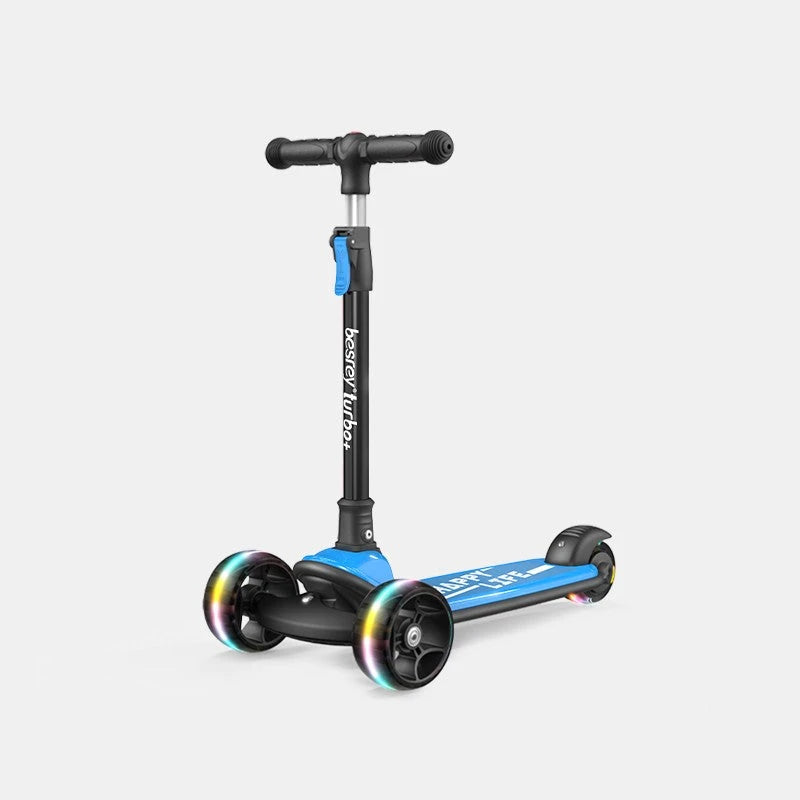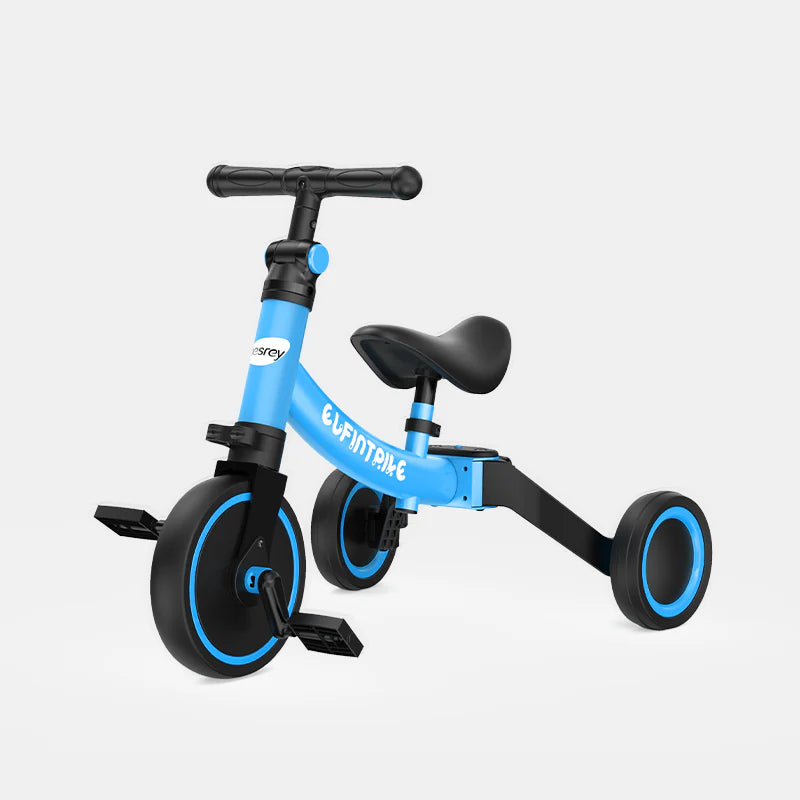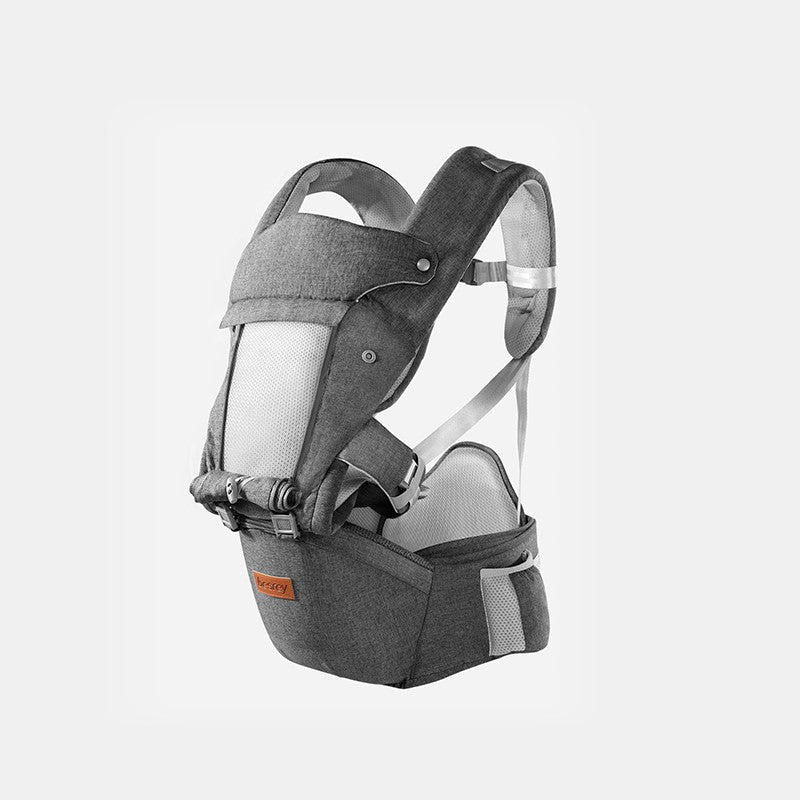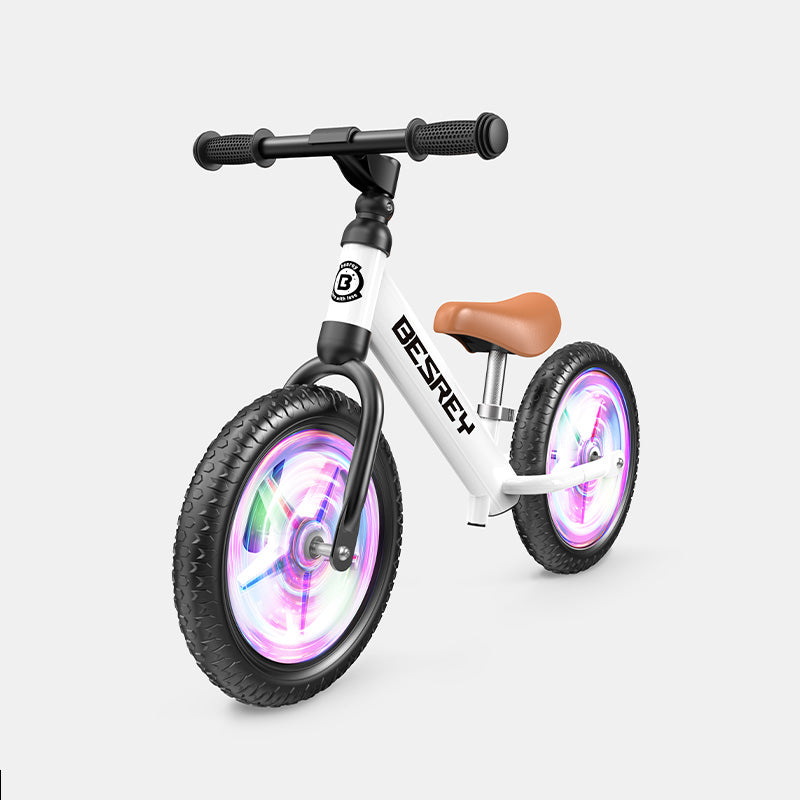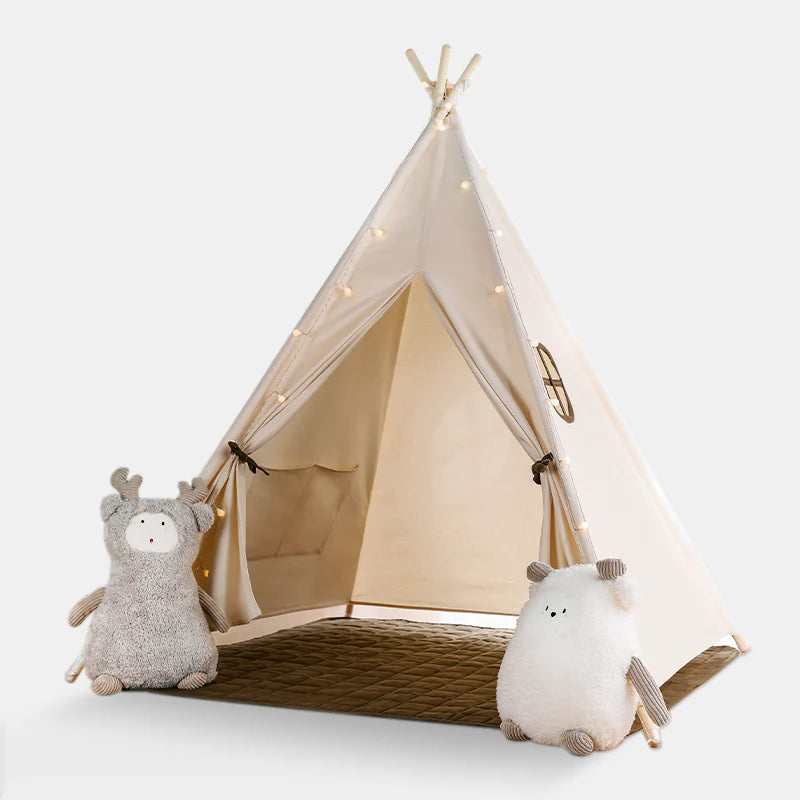Besrey - Sep 25 2025
Fighting Helicopter Parent Urges: Why Letting Kids Take Risks (and Get Hurt) Benefits Child Development

All parents want to cushion their child’s fall, prevent conflict with other kids, and remind their tots to “be careful” every five seconds. And for good reason – studies show that toddlers aged 12-35 months have an annual injury rate of 135 out of 1000 children.
That’s a lot! It makes sense that parents want to avoid emergency room visits and injury rehabilitation, but overprotective parenting might come with some downsides. Children’s psychologists refer to this type of parenting as “Helicopter Parenting,” and have been questioning the method’s effectiveness for years.
The Downsides of Helicopter Parenting
As adults, we have learned how to regulate our emotions, avoid danger, and fully control our limbs. Most toddlers can’t say the same. They fall, cry, get in conflicts, and are constantly getting themselves into risky situations. For nervous parents, it’s important to remember that constantly shielding your child from negative outcomes during play can disrupt crucial skill-building, such as:
•:Problem-Solving Skills: When a toddler encounters an obstacle in front of them, they must figure out how to navigate the obstacle and continue forward. If a parent moves the obstacle out of their way, the child doesn’t learn how to address problems and adapt to new situations.
•Confidence: Remember, kids are meant to grow into their own person, and they need to trust themselves to do just that. Helicopter parenting stops children from learning to have confidence in their bodies, their decisions, and their own judgment.
•Resilience: One of the biggest lessons in life is to get back up when you fall. If parents are constantly preventing falls and spills, how will the child begin to understand the role that resilience plays in daily life?
Toddlers Benefit from Play – Even Risky Play
Overly involved parents mean well; they’re trying to protect their babies from the dangers of this world and prevent injuries. But instead of trying to protect them from all the risks, what if parents focused on providing a safe environment to take risks?
When a child falls or gets hurt, they’re developing skills in those moments that they’ll need for the years to come. Getting hurt teaches children many important lessons:
•Cause and Effect: If I jump off my tricycle while it’s moving, I’ll probably scrape my legs. The only way to learn this is by doing it.
•Moving Through Discomfort: Understanding how to manage pain and discomfort is part of the human experience. Life is never free from discomfort, but by learning how to handle it, kids are preparing for hard moments in the years to come.
•Physical Limitations: For children, learning the limitations of their own bodies is paramount. Sharpening reflexes, developing large motor skills, and figuring out what they’re capable of all happen during play.

Finding a Happy Medium
Now, we’re not suggesting that parents let their toddlers run wild with no supervision – that would be insane! But we are saying that maybe there’s a happy medium where children have the freedom to engage in risky play and explore the world around them without giving you a heart attack.
Here’s what that might look like:
•A child testing out a balance bike in the backyard without mom or dad trying to prevent their falls. Let them fall, they’ll be okay.
•Cousins building a fortress together with play tunnels and play tents. If there is a conflict between kids, try to let them sort it out before getting an adult involved.

Being a great parent doesn’t mean you protected your child from everything bad in the world; it means that you helped your child learn to trust themselves, navigate challenges, and overcome the hard stuff. We know that hovering around your child is tempting, but don’t forget the downsides of helicopter parenting in your child’s development.

